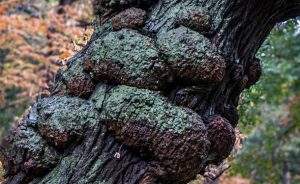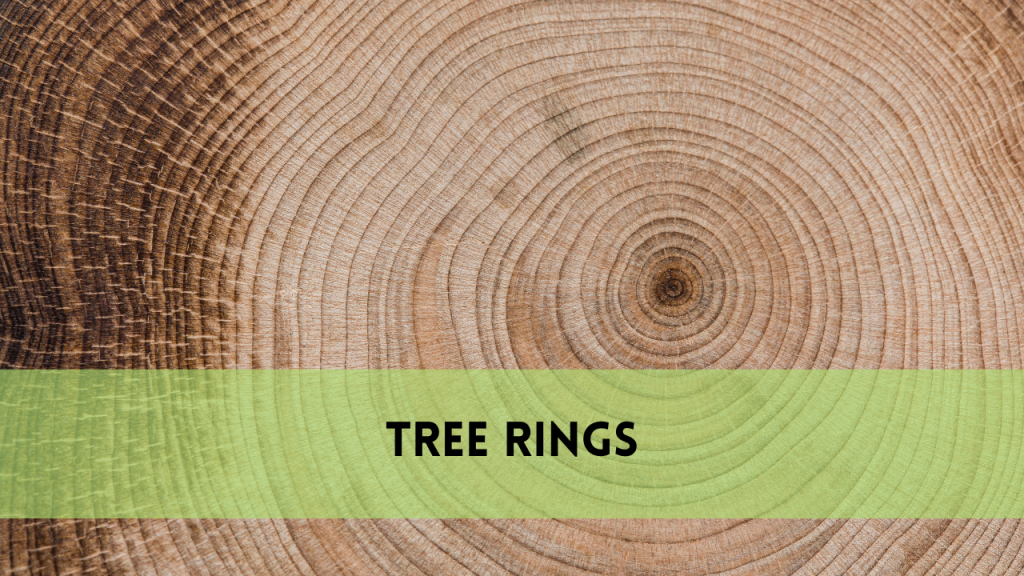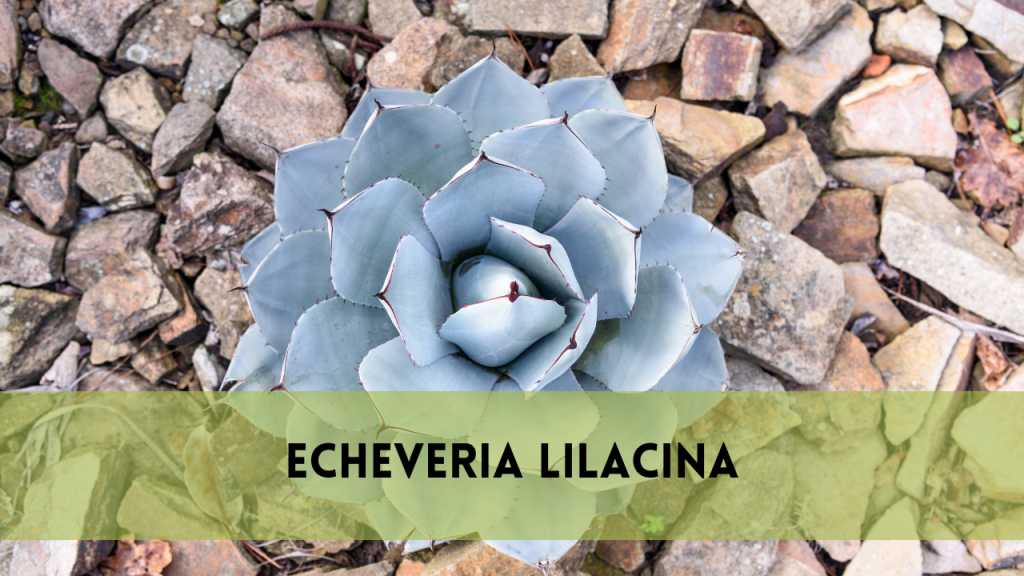Common Redbud Tree Problems
Redbud trees, with their vibrant pink or purple blossoms, are popular in many gardens and landscapes. However, as with any other plant, they are subject to a variety of issues that can impact their health and appearance. Understanding these factors is critical to keeping a robust and healthy Redbud tree.
Redbud Tree Problems
Pest infestations
Aphids
Aphids are little, soft-bodied insects that can cause extensive harm to Redbud trees.
Symptoms: Aphids consume sap from leaves, causing them to curl, yellow, and drop prematurely. They also emit honeydew, a sticky material that can cause sooty mold.
Treatment: To remove aphids, spray the tree with a strong stream of water. In severe cases, insecticidal soap or neem oil may be beneficial.
Leafhoppers
Leafhoppers are small, wedge-shaped insects that can cause several problems for redbud trees.
Symptoms: Leafhoppers feed on leaf sap, resulting in white or yellow stippling and, in some cases, leaf curl and drop. They can also spread disease.
Treatment: To control leafhoppers, use insecticidal soap or horticultural oil. Encouraging natural predators such as ladybugs can also be beneficial.
Borers
Borers are insects that lay their eggs on tree bark. The larvae dig into the wood, inflicting significant damage.
Symptoms: Borer damage can be identified by small holes in the bark, sawdust-like frass at the tree’s base, and withering limbs.
Treatment: Remove affected branches and apply insecticides indicated for borer control. Maintaining tree health is critical, as stressed trees are more vulnerable to borers.
Diseases
Canker disease
Canker disease is caused by various fungi and bacteria that enter the tree via wounds.
Symptoms include sunken, discolored bark, oozing sap, and branch dieback.
Treatment: Remove and kill diseased branches. Ensure adequate tree maintenance to reduce wounds and stress.
Solution: Prune out infected branches well below the affected area, disinfect pruning tools between cuts, and avoid stress to the tree by providing adequate water and mulching.
Verticillium Wilt
This soil-borne fungal disease can be fatal to Redbud plants.
Symptoms: Common signs include wilting, yellowing of the leaves, and branch dieback. The vascular tissue within the tree may also exhibit black streaks.
Treatment: There is no cure for Verticillium wilt. To boost the tree’s natural defenses, and improve tree health and soil conditions.
Solution: There is no cure, but you can manage the condition by removing and destroying affected branches, watering the tree deeply and regularly, and applying mulch to keep the roots cool. Avoid planting redbuds in areas with a history of this fungus.
Leaf Spot
Leaf spot is a common fungal disease seen in Redbud trees.
Symptoms include small, black spots on leaves that can combine and cause the leaf to die.
Treatment: Remove and discard diseased leaves. Apply fungicides as needed and enhance air circulation around the tree.
Solution: Remove and destroy fallen leaves to reduce the spread of the fungi. In severe cases, fungicidal sprays can be applied in early spring.
Environmental stressors
Drought stress
Redbud trees demand consistent hydration, particularly during dry years.
Symptoms of drought stress include wilting, yellowing leaves, and premature leaf drop.
Treatment: Water deeply and frequently during dry spells. Mulch around the tree’s base to help maintain soil moisture.
Frost damage
Late spring frosts can harm young growth on redbud trees.
Symptoms: Blackened, wilting leaves and shoots indicate frost damage.
Treatment: Use frost blankets to protect young trees during cold periods. Once frost has passed, prune out any damaged growth.
Poor soil conditions
Redbud trees demand well-drained and nutritious soil.
Symptoms of poor soil conditions include slow growth, fading foliage, and limited flowering.
Treatment: Enhance soil quality with organic matter and promote good drainage. Test the soil pH and make any required adjustments.
Preventive measures for redbud tree problems.
Preventing problems is always preferable to fixing them. Here are a few preventative steps:
Regular inspections
Inspect your Redbud tree regularly for pests, disease, and stress symptoms. Early detection is critical to effective treatment.
Proper Watering Techniques
Water your Redbud tree deeply, but occasionally. This promotes profound root growth while lowering the danger of fungal infections.
Soil Management
Incorporate organic materials and provide adequate drainage to maintain healthy soil. Regular soil testing can help you monitor pH and nutrient levels.
Mulching Practices
Spread a layer of mulch around the base of your Redbud tree. Mulch helps to retain moisture, regulate soil temperature, and control weeds.
Treatment Options for Redbud Tree Problems
When difficulties occur, there are numerous therapy options:
Organic treatments
Organic solutions, such as insecticidal soap, neem oil, and beneficial insects, can efficiently address many Redbud tree problems while minimizing environmental impact.
Chemical Treatments
In certain circumstances, chemical treatments may be required. Always adhere to label directions and consider the impact on beneficial insects and the environment.
Professional Tree Care Services
For severe pests or illnesses, contact a professional arborist. They can offer skilled diagnostics and treatment alternatives.
FAQs
What are the most common pests that infect Redbud trees?
Aphids, leafhoppers, and borers are the most frequent pests that attack Redbud trees.
What can I do to keep my Redbud tree disease-free?
Disease prevention can be achieved through regular inspections, adequate watering procedures, and soil health maintenance.
What should I do if my Redbud tree is showing indications of stress?
Determine the source of the stress, such as drought or poor soil conditions, and take the necessary action to alleviate it.
Is there any organic cure for Redbud tree problems?
Organic therapies such as insecticidal soap, neem oil, and beneficial insects can effectively address various Redbud tree issues.
When should I contact a professional for Redbud tree care?
If you have a severe infestation or illness you cannot control, you should contact a professional arborist.
Conclusion
Redbud trees are a lovely addition to any landscape, but they need care and attention to grow. Understanding common concerns and implementing preventive steps will help your Redbud tree stay healthy and vibrant. Arborist Heights provides further tips and professional advice.




